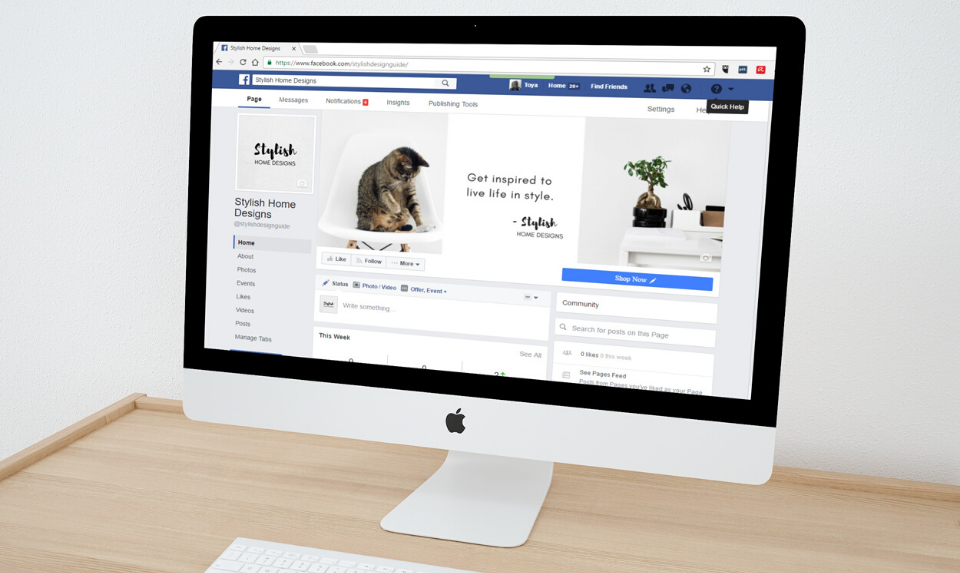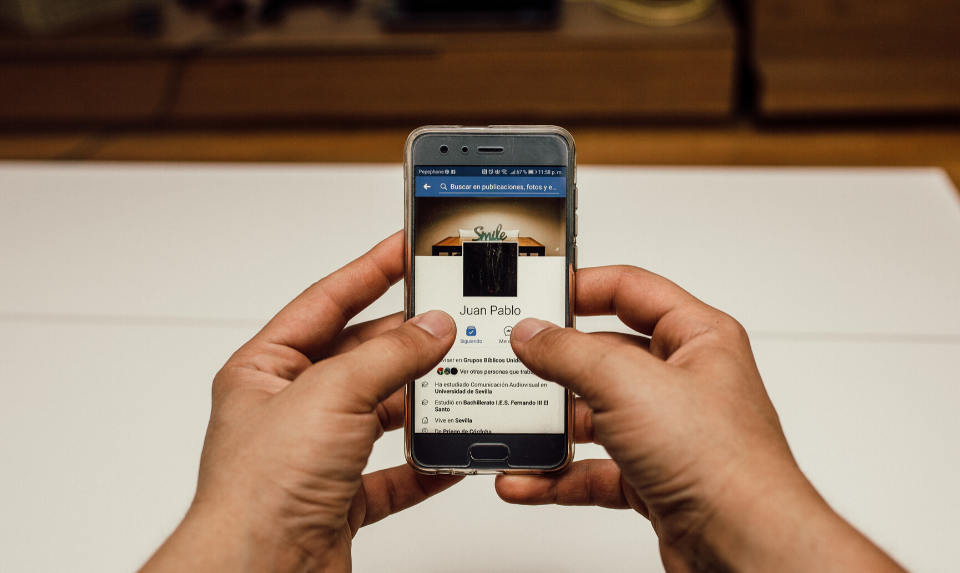
What Facebook Advertising is and How to Do It
A lot of marketers, who have tried Facebook advertising, particularly in their early days, determined that Facebook promotion doesn’t work. Don’t trust them.
Facebook advertising now come in quite a lot of varieties. You can endorse your page, posts on your page, behaviour users took, or your website itself. Although Facebook’s growing focus on local ads and keeping traffic on its site, you can still be triumphant inviting users to your website.
Facebook ads are targeted to users based on their area, demographic, and profile info. A lot of of these options are only accessible on Facebook. After making an ad, you set a budget and propose for each click or thousand impressions that your ad will be given.

Who Should Advertise on Facebook?
Many businesses are unsuccessful at Facebook advertising since they are not a good fit. You have to constantly test new marketing channels, particularly before demand shoot up prices, but confirm to consider your business model’s healthy to the network.
Facebook ads more likely display ads than search ads. They have to be used to make demand, not fulfill it. Users are on Facebook to join with their friends, not to find merchandise to purchase.
Low-Friction Conversions
The businesses that achieve something with Facebook ads enquire users to sign up, not to buy. You have to use a low-friction conversion to be triumphant.
A visitor to your website wasn’t searching for your merchandise. He clicked your ad on impulse. If you’re relying on him to right away buy something to create your ad ROI positive, you will be unsuccessful.
Facebook users are inconsistent and probable to click back to Facebook if you request for a big commitment (purchase) up front. As an alternative; stick to simple conversions similar to; signing up for a service, filling out a short lead form, or submit an email address.
Even if you advertise products, not services, you have to consider focusing on an intermediate conversion like a bulletin signup. After that you can upsell later using email marketing.
How to Target Facebook Advertising
The #1 error most marketers create with Facebook ads is not targeting them accurately.
Facebook’s ad targeting options are unmatched. On Facebook, you can target users by:
- Age
- Location
- Interests
- Gender
- Connections
- Relationship Status
- Languages
- Education
- Workplaces
Every option can be useful, depending on your spectators. Most marketers have to focus on location, age, gender, and interests.
Location allows you to targets users in the country, state, city, or zip code that you service.
Age and gender targeting have to be based on your existing clients. If women 25-44 are the volume of your clients, begin only targeting them. If they prove to be lucrative, you can then increase your targeting.
Interest targeting is the most influential but a misrepresented aspect of Facebook advertising. When making an ad, you have two options: broad category or accurate interests.
Broad Category Targeting
Broad categories comprise topics similar to Gardening, Movies, and Consumer Electronics. Lately, Facebook has added newer targets like Engaged (1 year), Pregnant Parents, away from Hometown, and Has Birthday in 1 Week.
Broad interests may seem like a proficient way to reach large spectators. Nevertheless, these users frequently cost more and use up less. Keep away from using Broad Category targeting.
Precise Interest Targeting
Precise Interest Targeting lets you to target users based on info in their profile together with “listed likes and interests, the Pages they’re similar to, apps they make use of, and other profile (timeline) content they’ve provided” (Facebook). You’ll find the finest ROI by means of Precise Interest targeting.
When targeting exact interests, Facebook provides the amount of the audience and other optional likes and interests. You won’t have any reasonable data. Once you choose interests for an ad, Facebook will show a combined suggested bid.
A lot of marketers target the largest groups likely. This is an error. These groups are more pricey and not as much targeted.
Rather than target broad terms for your niche like “yoga” or “digital photography,” focus on exact interests. Investigate which magazines and blogs your clients read, who they follow on Twitter, and which associated merchandise they purchase. If you make use of laser-focused interests similar to these, you’ll get to people who are most interested in your topic and the most eager to use money on it.
Sophisticated tip: Use Facebook Connect as a sign up alternative on your site. When users join via Facebook, you’ll be able to analyze interests. Index these interests next to the number of fans of their individual Facebook Pages. You’ll be missing your high-affinity interests. Using this scheme, we produced a target group that has been our best player (out of hundreds of experiment groups) for almost a year.
Images for Facebook Ads
The most significant part of your ad is the representation. You can write the most ingenious copy in the world, but if your representation doesn’t catch a user’s eye, you won’t get a click.
Don’t make use of low-quality imagery, general stock photography, or any imagery that you don’t cover the rights to use. Don’t take anything from Google imagery. Except you’re a famous brand, don’t utilize your logo.

Conclusion
In spite of the learning curve, Facebook advertising can be a huge marketing channel for the correct business. The most significant points to keep in mind are target precise interests, use eye catching imagery, provide users a low-friction conversion, and track the whole thing.
After a week or two of knowledge of what works for your business, you’ll be able to produce a stable source of conversions from the world’s principal social network.
